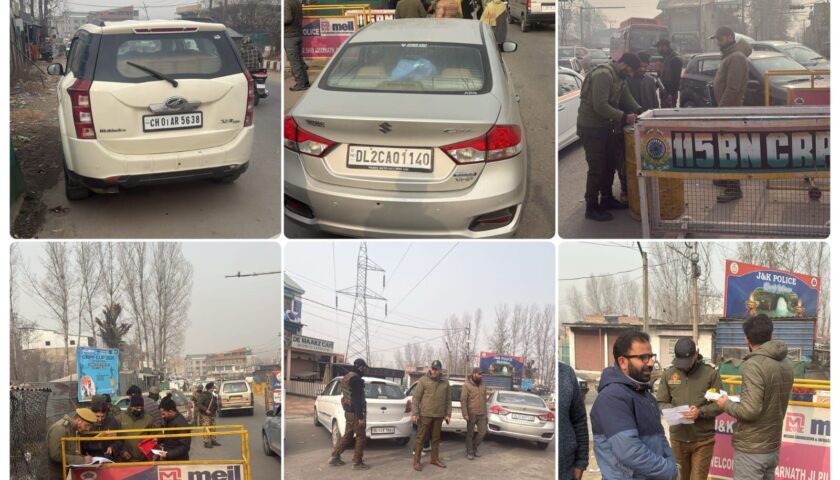Consumers in Kashmir are already feeling the pinch from rising costs, and now surging vegetable prices are burning a hole in their wallets.
Staple vegetables, which are utilised in every home, have seen a significant spike in price, with rainfall lashing Kashmir for the past two weeks also affecting local output, fueling further price increases.
Collard green is marketed at Rs 70-80 per kilogramme, gourd is priced at Rs 70, bitter gourd is priced at Rs 120 per kilogramme, peas are priced at Rs 120/kg, and brinjal is priced at Rs 80/kg.
Constant rains in Kashmir over the previous two weeks have hampered local agricultural crop output, putting a strain on imports to fulfil local demand, and raising vegetable prices on the market.
A cross-section of persons in Srinagar complained about dramatic increases in the pricing of vital items, notably vegetables and fruits.
“Saag is being sold at Rs 60-80/kg. It’s loot,” Ajaz Ahmad, a Srinagar native adding that vegetable prices have skyrocketed.
Customers said that vegetable sellers charged them according to their sweet desires in the absence of an official monitoring mechanism.
“Poor consumers have no choice but to buy things, no matter how expensive they are, because no one cares about their plight,” observed Muhammad Shafi, a local resident.
Surprisingly, most consumers complain about retailers failing to post rate lists. “They don’t follow government rates,” remarked a client outside a shop at Soura.
“It appears that authorities have given them (shopkeepers) leeway to fleece ordinary consumers,” he continued.
However, wholesaler vegetable and fruit traders blame the Valley rains for the spike in produce costs. “Our local production has been affected by rains, and in other parts of India, there is monsoon, which has impacted vegetable production, as a result of which prices have gone up and people are facing the heat due to rising prices of veggies,” said Bashir Ahmad, President, Fruit Mandi Parimpora.
Farmers and dealers in India believe that vegetable prices will remain high for a long time owing to interruptions caused by erratic monsoon rains, which cause delayed planting and crop damage during the ripening stage.
Price increases in key commodities such as onions, beans, carrots, ginger, chillies, and tomatoes are not only generating consumer unhappiness but are also projected to contribute to increased retail inflation. In fact, retail inflation is expected to hit a seven-month high in July as a result of these more expensive necessities. The Reserve Bank of India’s (RBI) ability to decrease interest rates this year is expected to be limited by the rise in inflation.




